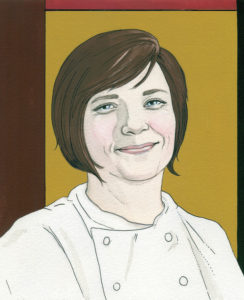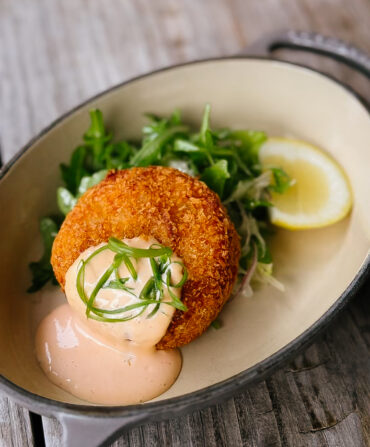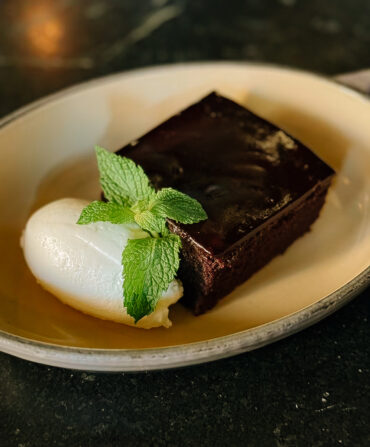Like most of the South’s beloved dishes, cornbread has roots that run deep, all the way back to Native Americans who dried and ground corn into cornmeal. “Cornbread is a cornerstone of American food tradition,” says Erin O’Shea, chef of Percy Street Barbecue in Philadelphia. “Our first bread made without yeast.” Native American cornbread was simple, just cornmeal and water cooked on hot flat rocks in the fire and often called ash cake. But its identity changed as cornbread was introduced to early settlers and spread around the country.
Today there are as many variations of cornbread as there are cooks, from Southern pork cracklings bread to Rhode Island’s flat johnnycakes or “journey cakes,” so named because they were easy to carry on long trips. “As a young cook, I tried them all,” says O’Shea, a Baltimore native who developed her skills in Richmond, Virginia, under mentor Jimmy Sneed at the Frog and the Redneck. “I was constantly trying to change things, to move forward. But at Percy Street Barbecue, I went back to basics.” O’Shea’s cornbread draws inspiration from the Tex-Mex custom of a heartier bread, enriched by cheese and spiked with scallions, her take on the jalapeños typically used. But she doesn’t waver from a few constants: “Cornbread needs to be warm, fresh, and slathered with butter.”








